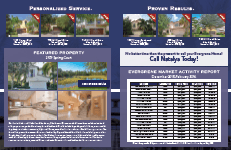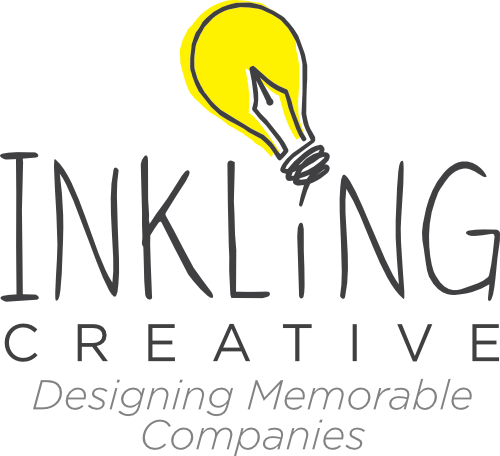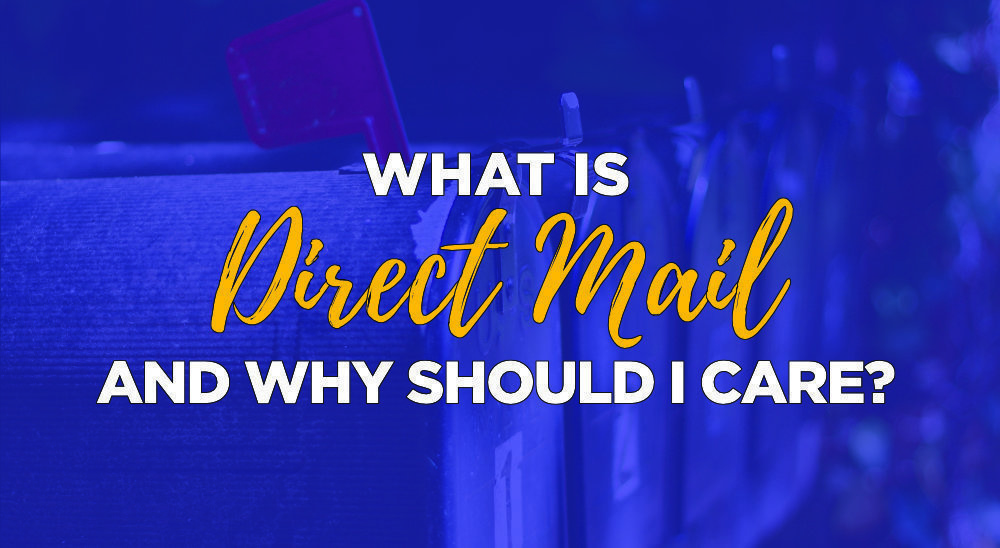What if you had the opportunity to walk up to your ideal customer’s front door, step into their home, and present them with a sale directed towards them?
What would you say?
How would you prepare?
Before you dismiss me out of hand and present me with the logistics of how and why that never will — or most likely won’t — happen, let me tell you something.
That happens to you almost every day. And you probably don’t even realize it. That’s the best kind of sales pitch, right?
More...

So what is it? How can I practice this, this non-intrusive, non-invasive sales technique?
It’s called direct mail marketing, and it’s defined as advertising or promotional materials sent through the mail (Dictionary.com). These materials are sent simultaneously to large numbers of individuals.
“So wait,” you may be saying. “Not only do I get the opportunity to pitch my product or service, but I get to do it ‘individually’ to a large group of people?”
That’s right. Realtors use it, car dealerships use it, and healthcare offices use it - to name a few. So many companies benefit from the effectiveness of these marketing services.
Should your company even use print marketing? Read this and see.
Examples of Direct Mail
Types of direct mail marketing include postcards, self-mailers, sales letters, dimensional mailers, and catalogues (Cavalier Mailing). Each one of these pieces needs to follow certain guidelines to be successful, but below is a description of each type:
Postcards
Postcards are probably the most common type of direct mail we see today. Realtors are especially fond of these. But postcards are a very clear and effective messaging tool for all kinds of different products or services.
Oversized postcards (up to 12”x15” — called a “flat”) are especially effective because they create a stronger visual impact. However, bigger sizes are more costly to ship.


Self-mailers
Any sort of direct mail that does not require an envelope is considered a self-mailer. These are often the best option for introducing new products to customers. These typically take the form of brochures or leaflets with an eye-catching design. Car dealerships and realtors are especially fond of these.


Sales Letter
Sales letters are probably the most-straightforward, least-expensive kind of direct mail. A sales letter is simple: it’s “a piece of direct mail which is designed to persuade the reader to purchase a particular product or service in the absence of a salesman” (Wikipedia).

Basically, a sales letter enables you to sell to multiple potential customers at the same time without actually being present in different locations at different times. There are obviously tips and tricks to writing an effective sales letter, but the concept is hard to beat.
Dimensional Mailers
Known as the most-effective form of direct mail (Perfect Communications), dimensional mailers are just what they sound like. They are pieces of mail that have dimension beyond length and width.
This kind of mail is basically receiving an unexpected package. Not just a piece of mail in an envelope. A package.
No wonder it’s effective. Some data indicates the open rate is nearly 100% with a response rate of almost 9%.
Though it is effective, this effectiveness [obviously] comes at a price. These pieces are more expensive to produce and more expensive to ship. If you have the budget and a convincing offer, dimensional mail is definitely the way to go.
Catalogues
Often thought the best way to showcase a wide array of products, catalogues are an excellent way to capture attention. When readers are enthralled, lure them into exclusive offers only offered as they continue flipping through the pages.

Cost
Before taking the leap and embarking on a direct mail campaign, many companies balk at the price. But, depending on your marketing strategy and method, the costs associated with direct mail don’t have to be that high.
According to HubSpot, a direct mail campaign costs anywhere between $.30 and $20 per recipient. These costs depend on a variety of factors such as design, printing, mailing lists, postage, and marketing copy (MediaSpace Solutions). Someone specializing in direct-mail marketing, because they deal directly with the post office, can get you discounted postage rates.
HubSpot cites Epsilon who notes that at least half of Americans actually prefer getting direct mail over e-mail! Twenty-five percent of Americans find it more trustworthy. Now that's something to consider. If your target market is in that 25%, isn't it worth giving a try?
If you are ready to try direct mail to increase sales or clientele, give me a call. Mail is an easy way to stay top-of-mind and make your business memorable.




